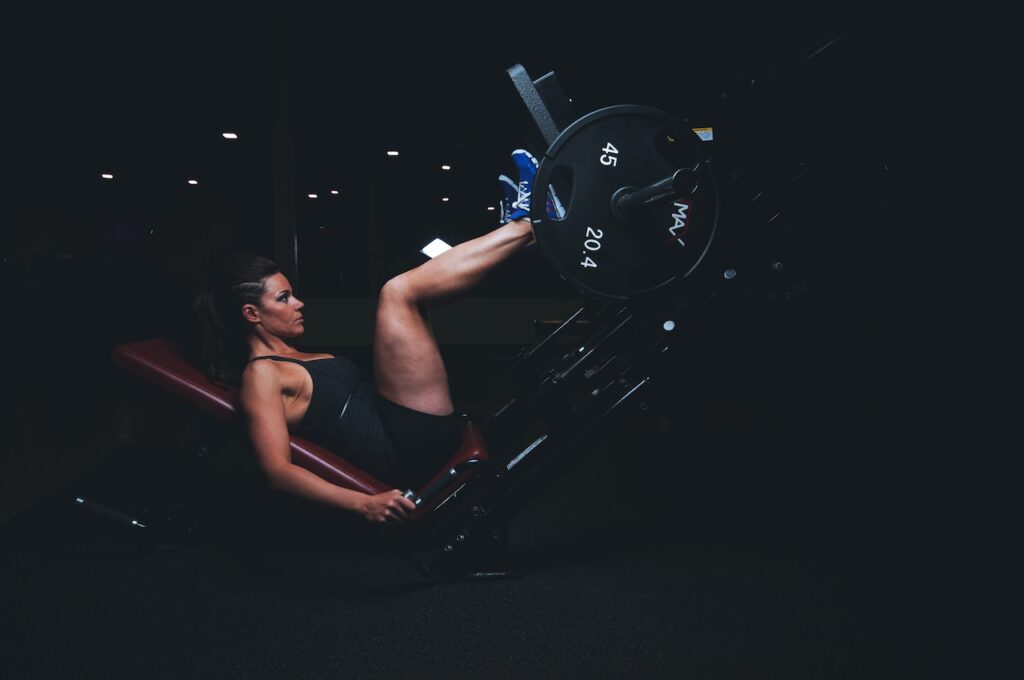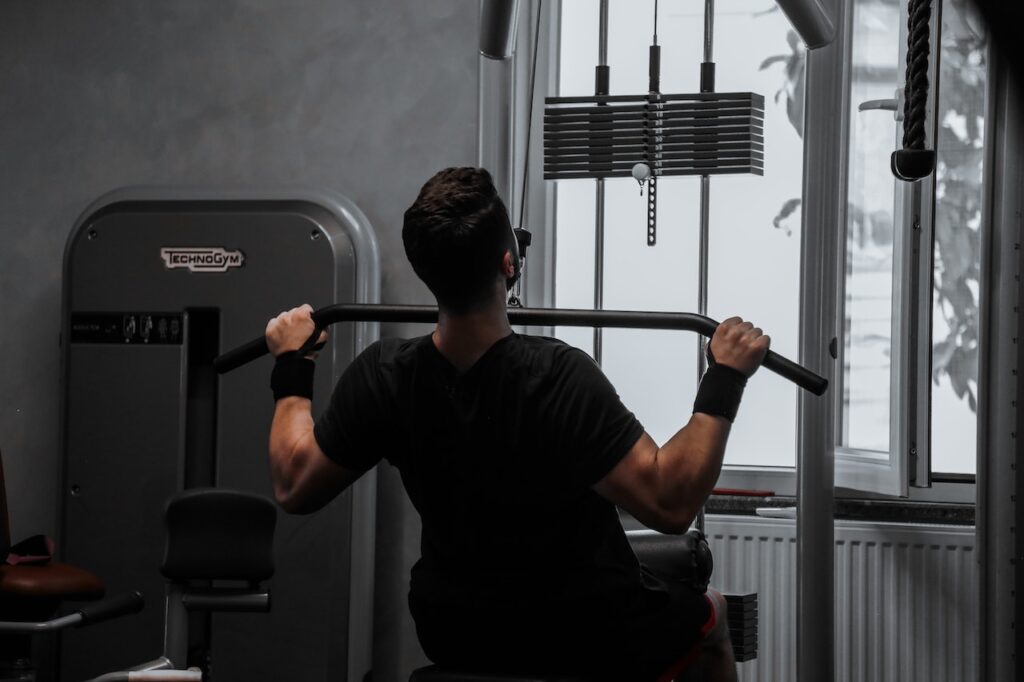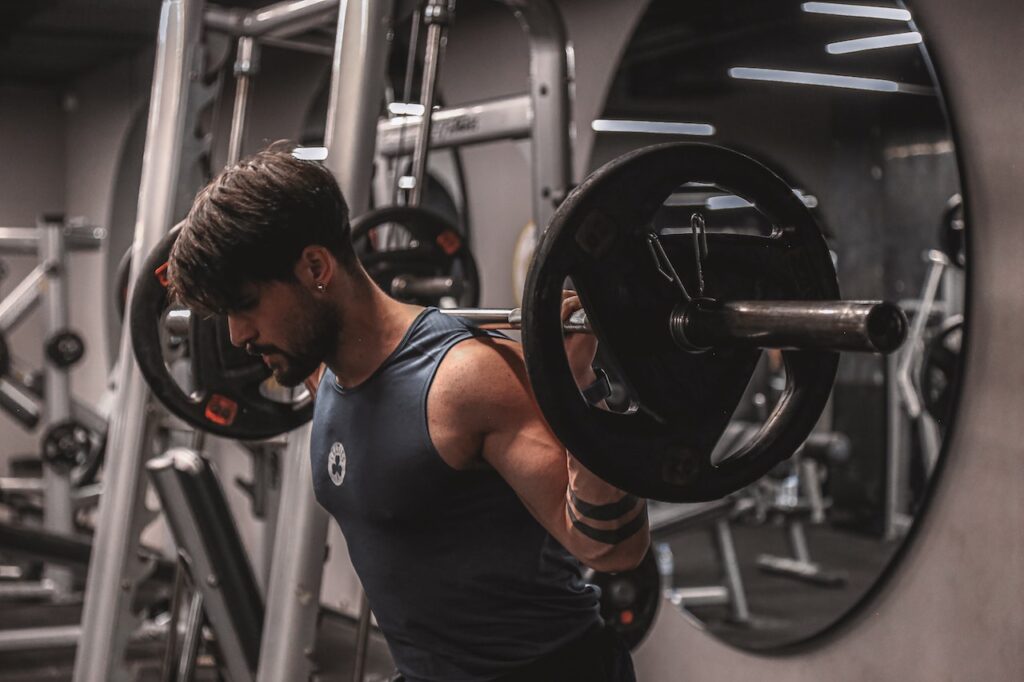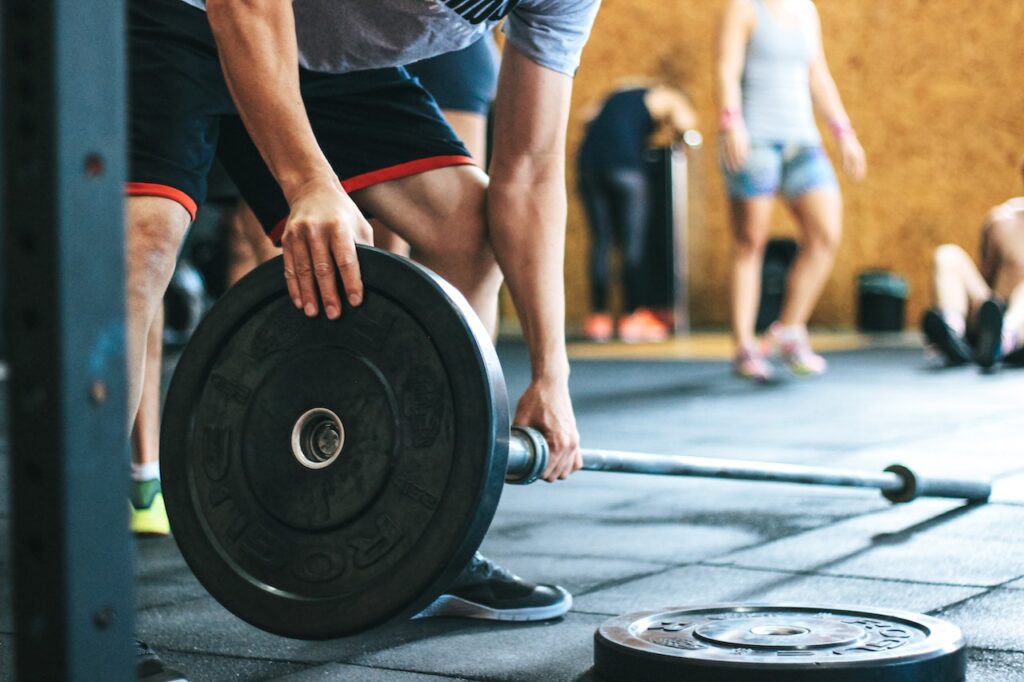Understanding the Lifespan of Your Home Gym Equipment
Every piece of fitness equipment, from your trusty resistance bands to your challenging cardio machines and even to your faithful dumbbells and barbells, has a typical lifespan. But did you know that how well and how long these tools serve you hinges largely on your maintenance habits? For instance, a well-maintained treadmill can last up to 10 years, while resistance bands, given their frequent stretching, can serve their purpose perfectly for around two years with good care. Meanwhile, solid weights like dumbbells and barbells can last a lifetime with periodic inspections and proper storage. By understanding this, we realize the power of maintenance in not just prolonging the life of our equipment, but in preserving our investment, fitness journey, and safety.
Read our article to choose the right home gym equipment for your needs.

Routine Inspection and Maintenance Tips
Just as you routinely challenge your body to maintain its health and strength, so should you challenge yourself to maintain the condition of your home gym equipment. Here are some general tips for routine maintenance:
- Scheduling inspections: Mark your calendar for periodic checks of your equipment. These don’t need to be daily, but regular inspections help detect problems before they worsen.
- Checking for visible damage or wear: Look for any signs of wear, such as fraying on resistance bands, rust on metal weights, or cracks in rubber components.
- Tightening loose components: This is particularly important for equipment with multiple parts, like weight benches or adjustable dumbbells. Regularly ensure all screws and bolts are tight and secure.
- Lubricating moving parts: For cardio machines or weight equipment with moving parts, proper lubrication ensures smooth operation and prevents wear.
- Importance of timely replacements: If any equipment shows signs of serious wear or damage, it’s safer to replace it than risk an injury.

Cleaning Your Home Gym Equipment
A clean gym is a happy gym! Plus, it helps keep your equipment in working order. Here’s a step-by-step guide on how to clean various types of equipment:
- Resistance bands: Clean with a damp cloth with mild soap, rinse, and dry thoroughly.
- Dumbbells and barbells: Wipe with a cloth soaked in mild soapy water, rinse, and dry. For metal parts, consider using a rust inhibitor.
- Cardio machines: Wipe down surfaces with a damp cloth after every use. Regularly vacuum around and underneath machines.
- Weight plates: Use the same procedure as for dumbbells and barbells. Store in a dry area to prevent rust.
- Exercise mats: Clean with mild soapy water, rinse, and allow to air dry.
With these tips, you’ll ensure that your gym remains a spotless, inspiring space for you to conquer your fitness goals.
Ready to create your dream home gym? Get started with our comprehensive guide.

Safety Guidelines for Home Gym Maintenance
Your safety should always be the prime focus during the maintenance process. Here are some key precautions to take:
Always unplug machines before cleaning or performing any maintenance. This is critical in preventing potential electrical hazards.
When handling weights, lift carefully and avoid dropping them. A dropped weight could cause injury or damage your equipment or flooring.
Use cleaning agents that are suitable for your equipment material. Wrong cleaners could damage the surface and shorten the lifespan of your gear. If unsure, always check the manufacturer’s recommendations.

Importance of a Well-Maintained Exercise Space
Imagine walking into a gym with equipment scattered haphazardly, machines creaking ominously, or resistance bands with visible frays. Doesn’t sound motivating, right? In contrast, a well-maintained gym:
- Enhances motivation to workout: A clean, organized space invites you in and encourages you to get moving.
- Improves workout efficiency: With equipment in perfect condition, you can perform your workout routines smoothly and effectively.
- Increases equipment longevity: Regular upkeep prevents wear and tear, extending your equipment’s lifespan.
- Creates a safer exercise environment: Good maintenance reduces the risk of equipment failures or injuries.
DIY vs. Professional Maintenance
While many maintenance tasks are easy DIYs, certain complex procedures might require a professional touch, especially for expensive and intricate cardio machines or multifunctional strength equipment. A professional can detect issues that you might overlook and prevent costly repairs down the line. They also ensure the equipment is safe and functions as intended, protecting your investment in the long run.
Struggling with consistency? Read our tips on staying motivated.

